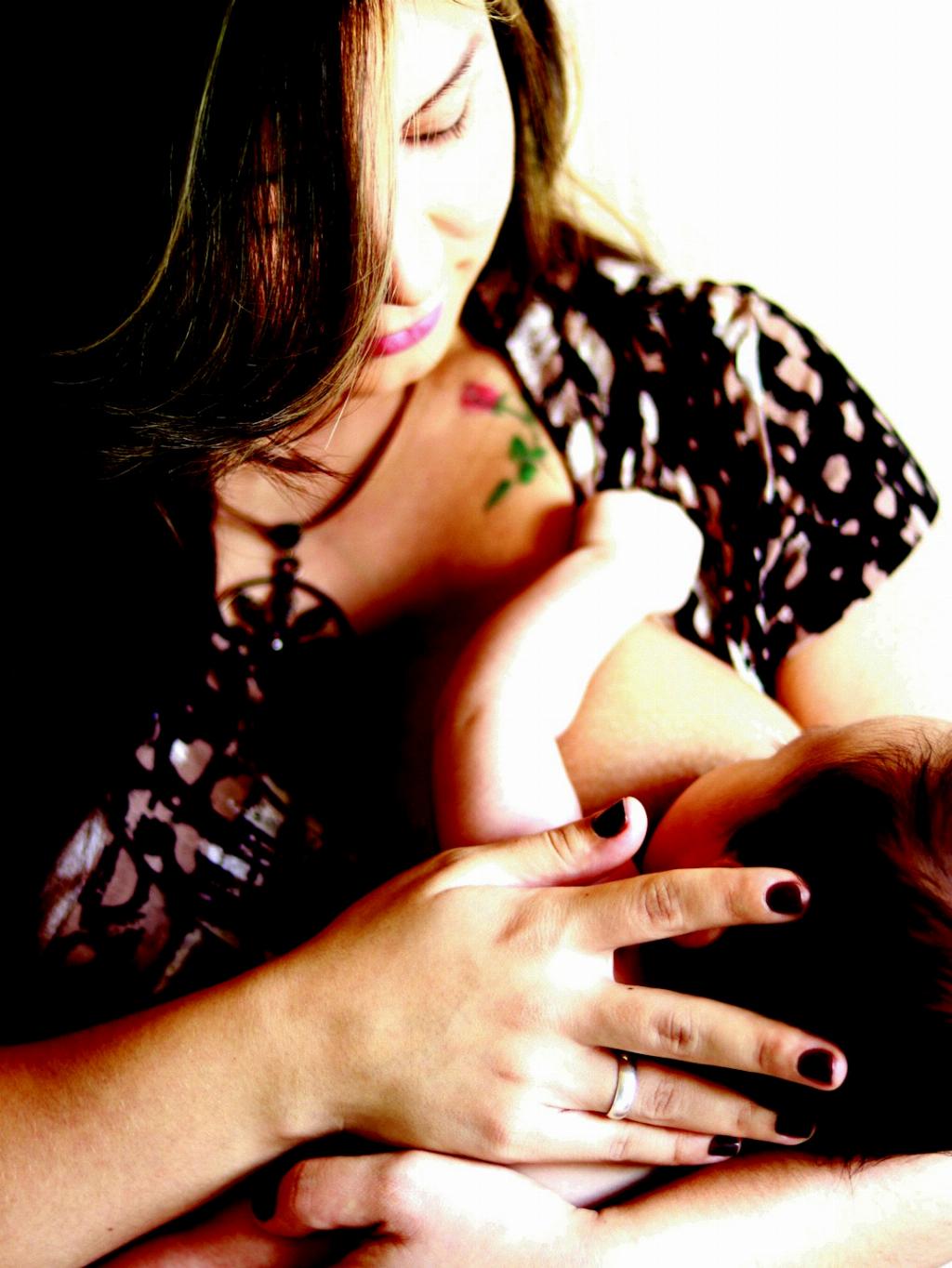It can be concerning for parents to notice that their baby’s lips are white after breastfeeding. While this can be a distressing sight, there are several reasons why this phenomenon may occur, with one common explanation being oral thrush.
What is Oral Thrush?
Oral thrush is a fungal infection caused by Candida yeast that can affect the mouth and throat. In breastfed babies, oral thrush can be passed on from the mother during breastfeeding, leading to the development of white patches on the tongue, gums, roof of the mouth, or inner cheeks. These patches may not come off easily when wiped with a cloth, and your baby may also exhibit signs of being unsettled during feeding.
Recognizing the Symptoms of Oral Thrush
One of the key symptoms of oral thrush in infants is the presence of creamy white spots or patches in the oral cavity. If you observe a white film on your baby’s lips after breastfeeding, this could be a visible indicator of oral thrush.
The Association Between Oral Thrush and White Lips
When a baby develops oral thrush, the infection can spread to various parts of the mouth, including the lips. As a result, the accumulation of white patches on the lips may occur, giving the appearance of white discoloration after breastfeeding.
Other Possible Causes of White Lips in Babies
While oral thrush is a common explanation for white lips in babies, there are other potential causes to consider. Dehydration, poor latch during breastfeeding leading to friction on the lips, or even milk residue on the lips post-feeding can also result in the lips appearing white.
Seeking Medical Advice
If you notice persistent white lips in your baby after breastfeeding, it is important to consult with a healthcare provider for an accurate diagnosis. A pediatrician can examine your baby’s oral health, rule out underlying conditions, and recommend appropriate treatment if necessary.
Treating Oral Thrush in Breastfed Babies
If oral thrush is determined to be the cause of your baby’s white lips, your healthcare provider may prescribe antifungal medication to treat the infection. Additionally, ensuring good hygiene practices, such as sterilizing pacifiers and feeding equipment, can aid in preventing the recurrence of oral thrush.
Ensuring Proper Hydration
Dehydration can also contribute to white lips in babies. It is essential to ensure that your baby is adequately hydrated, especially during breastfeeding. Offering frequent nursing sessions and monitoring your baby’s wet diaper count can help in maintaining proper hydration levels.
Improving Breastfeeding Techniques
If poor latch or friction during feeding is the cause of white lips in your baby, working with a lactation consultant can be beneficial. They can provide guidance on improving breastfeeding techniques, ensuring a comfortable and effective feeding experience for both you and your baby.
Maintaining Oral Care for Your Baby
In addition to seeking medical advice and addressing underlying issues, maintaining good oral hygiene for your baby is crucial. Gently wiping your baby’s lips with a clean cloth after feeding, keeping pacifiers clean, and practicing regular oral care can aid in preventing the development of oral thrush and other oral concerns.
Conclusion
While the sight of white lips on your baby after breastfeeding can be worrisome, understanding the potential causes and seeking appropriate care can help address the issue effectively. By addressing oral health concerns promptly, you can ensure the well-being and comfort of your little one.

